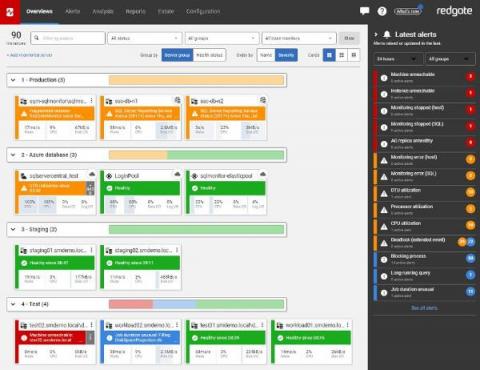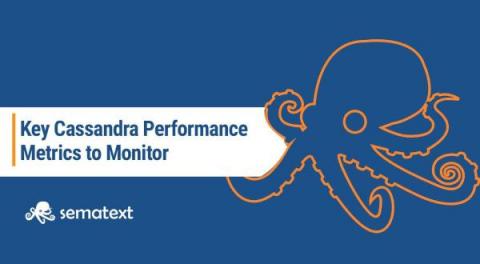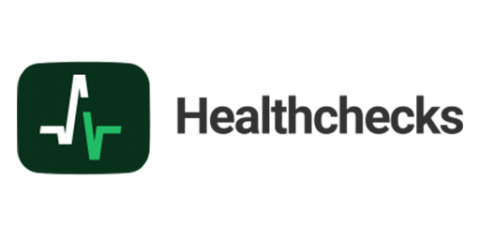Operations | Monitoring | ITSM | DevOps | Cloud
Latest News
5 things to look for in a third-party monitoring tool
10 SQL Server Performance Tuning Best Practices
How Do You Monitor Cassandra Performance: Key Metrics to Measure
Apache Cassandra is a distributed database known for its high availability, fault tolerance, and near-linear scaling. It was initially developed by Facebook, but it is a widely used open-source system used by the largest tech companies in the world. There are numerous reasons behind its popularity, including no single point of failure, exceptional horizontal scaling with a data layout designed as a perfect fit for time-series data.
Native SQL Server Backup Types and How To Guide
Performing database tests on SQL databases
Testing is one of those activities that if not exhaustive will not have its complete impact on your software development process. Oftentimes developers are only concerned about testing the application layer of the system (a.k.a the codebase) and ignore testing the data layer (the database) which is also as important as testing the code itself.
SQL Server Storage Best Practices: Choosing Storage Options
What you need to know about the Accelerate State of DevOps 2021
How to monitor Redis with Prometheus
Redis is a simple – but very well optimized – key-value open source database that is widely used in cloud-native applications. In this article, you will learn how to monitor Redis with Prometheus, and the most important metrics you should be looking at. Despite its simplicity, Redis has become a key component of many Kubernetes and cloud applications. As a result, performance issues or problems with its resources can cause other components of the application to fail.
Monitoring PostgreSQL With pgmetrics and pgDash
I am currently trialing pgmetrics and pgDash for monitoring PostgreSQL databases. Here are my notes on it. pgmetrics is a command-line tool you point at a PostgreSQL cluster and it spits out statistics and diagnostics in a text or JSON format. It is a standalone binary written in Go, and it is open source. Here is a sample pgmetrics report. Rapidloop, the company that develops pgmetrics, also runs pgDash – a web service that collects reports generated by pgmetrics and displays them in a web UI.











